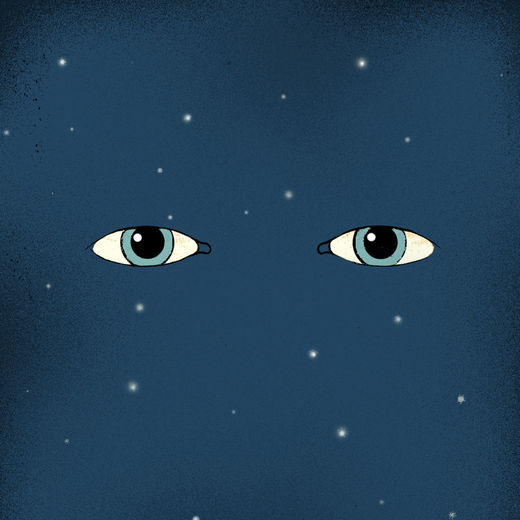
© Illustration: Edel Rodriguez
Vile though their crimes may be, pedophiles and hit men have figured out something vital when it comes to communicating. Lots of them - the ones with any security sense - use a Darknet. These are networks of secretive websites that can't be viewed on the "regular" Internet.
Darknet sites are hosted on regular servers, but to access them you need special software, usually something that encrypts all users' traffic and allows them relative anonymity. Get set up with the right technology and presto: You can see a second, parallel Internet. Right now it's full of nasty (or, at the very least, illegal) activity like
illicit drug or arms sales, or pedophile rings.
The Darknet is populated by precisely who you'd expect to be skulking in the darkest corners of the online world. They have something to hide.
But the Darknet, by itself, isn't evil. And now that all of us have, in a sense,
something to hide - the details of our humdrum, legal, everyday lives - it's time to put the Darknet to good use.
